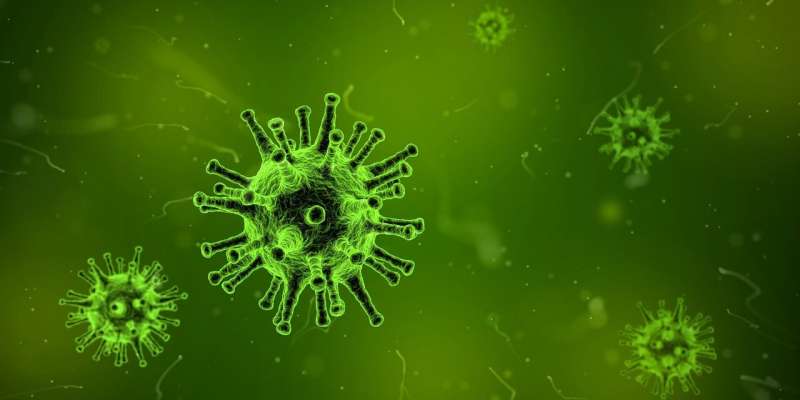Will the new COVID-19 vaccines be safe?

Just within the past week, pharmaceutical companies have announced encouraging news about two COVID-19 vaccines in the final development phase. As more vaccine developers announce similar reports in the coming weeks and months, it’s key to remember that vaccine safety is as important as effectiveness against the virus. Fortunately, scientists have learned lessons from the rare vaccine mistakes of the past. Today, safety considerations are built into the development process, from the very first experiments in the lab, all the way through ongoing surveillance after a vaccine is in use. In practice this means that today’s vaccines should be among the safest ever created.
“Other than availability of clean drinking water, vaccines are the most important biomedical intervention to prevent widespread disease,” says Ofer Levy, MD, Ph.D., director of the Precision Vaccines Program at Boston Children’s Hospital, and co-author of an opinion letter in Science on ensuring vaccine safety. “They are critical to public health, along with robust public health measures like good hand hygiene, masks, and social distancing, as we have learned in the current COVID-19 pandemic.”
“We will not compromise safety for speed’
While the need could not be greater for a COVID-19 vaccine, even with development occurring much more quickly than usual, safety considerations remain at the heart of the process.
“The vaccine development community is moving at an unprecedented speed, and there is a natural tension between speed and safety,” says Dr. Levy. “But physicians, scientists, and public health experts agree; We will not compromise safety for speed. The urgent need for COVID-19 vaccines must be balanced against the consistent need to ensure safety.”
In the modern vaccine development environment, safety is considered at every phase of the process; from the drawing board when a vaccine is first designed, through lab experiments with human cells, then through animal study, and ultimately at least three different phases of human clinical testing that start with a few dozen people up to thousands of volunteers.
Monitoring for safety today and in the future
It may be a natural assumption that once a vaccine gets approved, safety evaluations stop. But that’s not the case. Safety monitoring does not end when the U.S. Food and Drug Administration (FDA) gives a vaccine the go-ahead for use.
In phase 4 testing—what is called post-marketing surveillance—potential vaccine side effects are monitored in two ways. The Vaccine Adverse Events Reporting System (VAERS), managed by the FDA and the Centers for Disease Control and Prevention (CDC), is a national early warning system to detect possible safety problems in U.S.-licensed vaccines. Anyone can report a suspected side effect from a vaccine through this system. The FDA also actively looks for vaccine-related problems through its electronic medical record-based Biologics Effectiveness and Safety (BEST) system.
“The safety of future vaccines, such as COVID-19 vaccines, will depend on adhering to these protocols, hopefully positioning these vaccines to be among the safest ever produced,” says Levy.
Lessons learned
On rare occasions over the past 70 years, a few vaccine programs have fallen short of important safety marks. In their perspectives piece, Levy and colleagues describe some examples.
“Lessons from history highlight an important point: Scientists and U.S. federal regulatory agencies have learned from them and evolved to create testing protocols that optimize vaccine safety,” says Levy.
Decisions were made at the highest levels of the federal and scientific research communities, particularly the FDA and CDC, to embed safety measures into the entire vaccine design and development process. A successful coronavirus vaccine team must closely follow these federal regulations to ensure safety at every phase of discovery and development.
Research pause shows the system is working
This summer, some COVID-19 vaccine programs were temporarily paused. Instead of being a sign of failure, they are great examples that the system is working, according to Levy.
Source: Read Full Article
